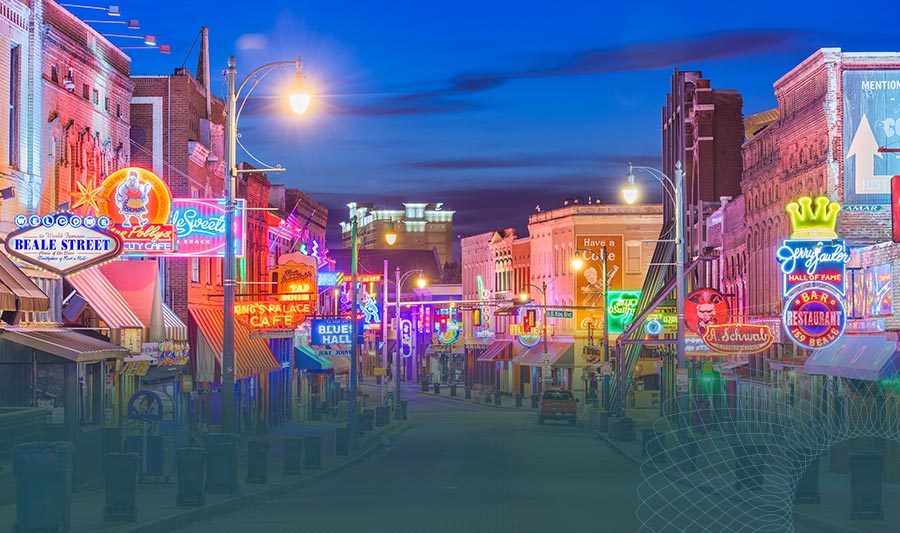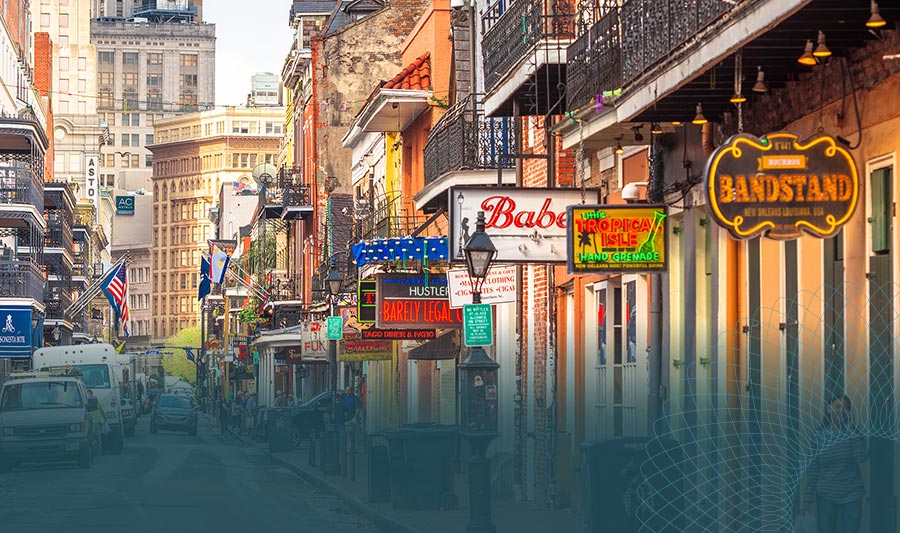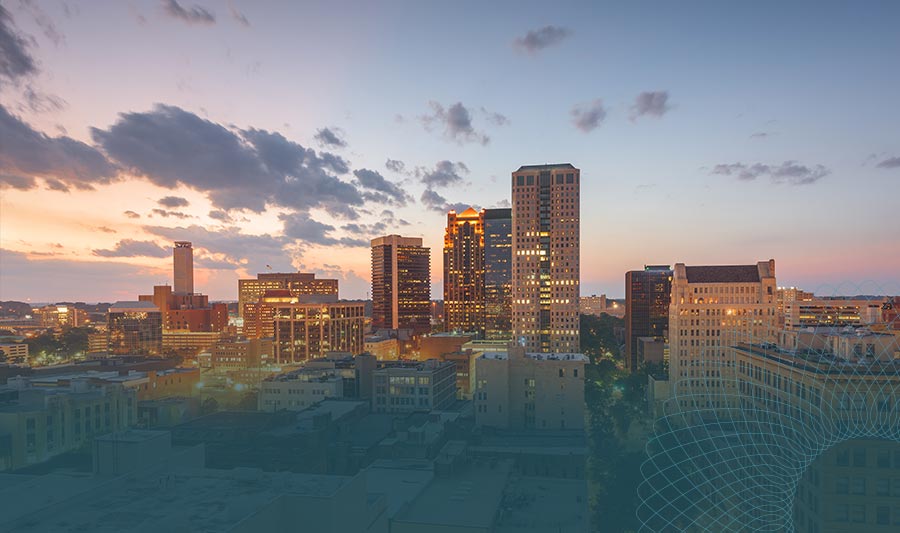- Black-owned banks are crucial to closing the racial wealth gap.
- These banks help fight unfair banking practices by providing services in communities ignored by big banks.
- Choosing a Black-owned bank supports racial equity and strengthens the communities it serves.
Table of Contents
Black-owned banks play a crucial role in communities that lack traditional financial institutions. They offer higher approval rates for Black applicants compared to other banks. Many operate in areas without physical bank branches, filling a critical gap in financial services.
As companies and governments scale back diversity, equity and inclusion (DEI) commitments, Black-owned banks become even more essential. Access to capital is key to homeownership, entrepreneurship and building Black generational wealth. Fintech companies have introduced new digital financial tools, expanding access to banking services. However, the digital divide and limited broadband access still prevent some households from using them.
Black-owned banks help close the racial wealth gap by providing Black households with access to financial resources. They also protect borrowers from discriminatory lending practices rooted in systemic racism.
Financial Institutions Help Address the Effects of Redlining
Many Black neighborhoods lack financial resources because of redlining, a discriminatory practice where banks and lenders deny loans and investments based on location. In the early 20th century, government agencies created maps to decide which areas were “desirable” for mortgages. Black-majority neighborhoods were often labeled high-risk, preventing local populations from accessing banking services and home loans.
These practices have led to racial gaps in banking access. According to 2023 data from Banking Drive, Black and Hispanic households were five times more likely to be underbanked. People had limited access to traditional banking and relied on costly services like check-cashing and payday loans to access cash. In some neighborhoods, people are completely unbanked, and they lack FDIC-insured bank accounts. This situation makes it harder for them to save money and protect their finances.
According to 2023 data from the FDIC, Black adults are the most unbanked, at a rate of 10.6% compared to 1.9% of white households. This makes it far more difficult for Black households to save money. Black American borrowers are up to three times more likely to be denied a mortgage than other applicants with similar credit scores.
These statistics show how race affects credit decisions and why Black-owned banks are vitally needed for closing the racial wealth gap.
What Is a Community Development Financial Institution?
Community Development Financial Institutions (CDFIs) were created to help address issues like underbanking and unbanking. They offer loans and financial services to people and businesses in neighborhoods that need more banks.
These financial institutions can be considered CDFIs:
- Banks
- Credit unions
- Loan funds
- Microloan funds
- Venture capital providers
CDFIs aim to create economic opportunities and help communities grow financially in the areas they serve.
What Are Minority Depository Institutions?
Minority depository institutions (MDIs) help reduce racial gaps in access to financial services. According to the FDIC, federally insured financial institutions qualify as MDIs if minority individuals own 51% of their voting stock, or if a majority of their board of directors are minority individuals. The financial institution also must serve minority communities.
The FDIC website shares a list of financial institutions that qualify as MDIs that includes historical data and quarterly updates. This online resource can help you locate an MDI in your area and help you know whether the financial institution you are working with is part of the program.
What Is a Black-Owned Bank?
Black-owned banks are federally insured financial institutions mostly owned by Black individuals who serve Black communities. They are considered MDIs but not all Black-owned banks are CDFIs. A bank is considered Black-led if most of its board members are Black, even if Black individuals do not own the majority of its voting stock.
The first bank owned and operated by Black Americans was the Capitol Savings Bank in Washington, D.C., which opened in October 1888. It grew significantly in the years that followed, with many other Black-owned banks opening through the Reconstruction period. Since then, the number of Black-owned banks has fluctuated.
OneUnited Bank has become the largest Black-owned bank in the U.S. It was named to Inc.’s Best in Business list for Financial Services in 2024. Today, only 36 Black-owned and Black-led banks are operating in the U.S.
How Black-Owned Banks Help Address the Racial Wealth Gap
Black-owned banks help address many inequities in the financial services industry. These inequities include limited access to loans and capital. The long-term effect is a lack of generational wealth that reinforces the racial wealth gap.
Black-owned banks bridge the racial wealth gap through:
- Approving more loans or other services for Black applicants
- Operating in underbanked communities
- Creating access to business capital for Black-owned businesses
- Offering mortgage opportunities in redlined communities
Creating economic mobility in Black communities helps bridge the racial wealth gap and combats the effects of systemic racism still present in the banking system.
How the Digital Divide Limits Access to Fintech
Advances in financial technology have helped address many finance inequities. However, the lack of broadband access, digital literacy and smartphones in many Black communities creates an additional barrier to these banking innovations.
Known as the digital divide, a lack of connectivity in underrepresented communities forces them to rely on brick-and-mortar bank branches in their local communities. That is another reason Black-owned banks are such a crucial aspect of bridging the racial wealth gap.
List of Black-Owned Banks in Every State
Business Insider has published a list of 36 Black-owned banks and credit unions recognized by the FDIC and the National Credit Union Administration (NCUA). This comprehensive list is divided by state, includes the number of branches and financial services offered and identifies the bank as either Black-owned or Black-led.
Other websites have compiled similar lists to identify Black-owned banks across the U.S., including:
- Investopedia’s list of black-owned banks by state
- NerdWallet’s list of black-owned banks and credit unions
- Experian’s list of black-owned banks in the U.S.
Choosing to open a checking account or apply for a loan at a Black-owned bank helps support the financial needs of the bank and the community it serves.
Stay up to date with the latest from Robert F. Smith and the importance of black-owned banks by following him on LinkedIn.






